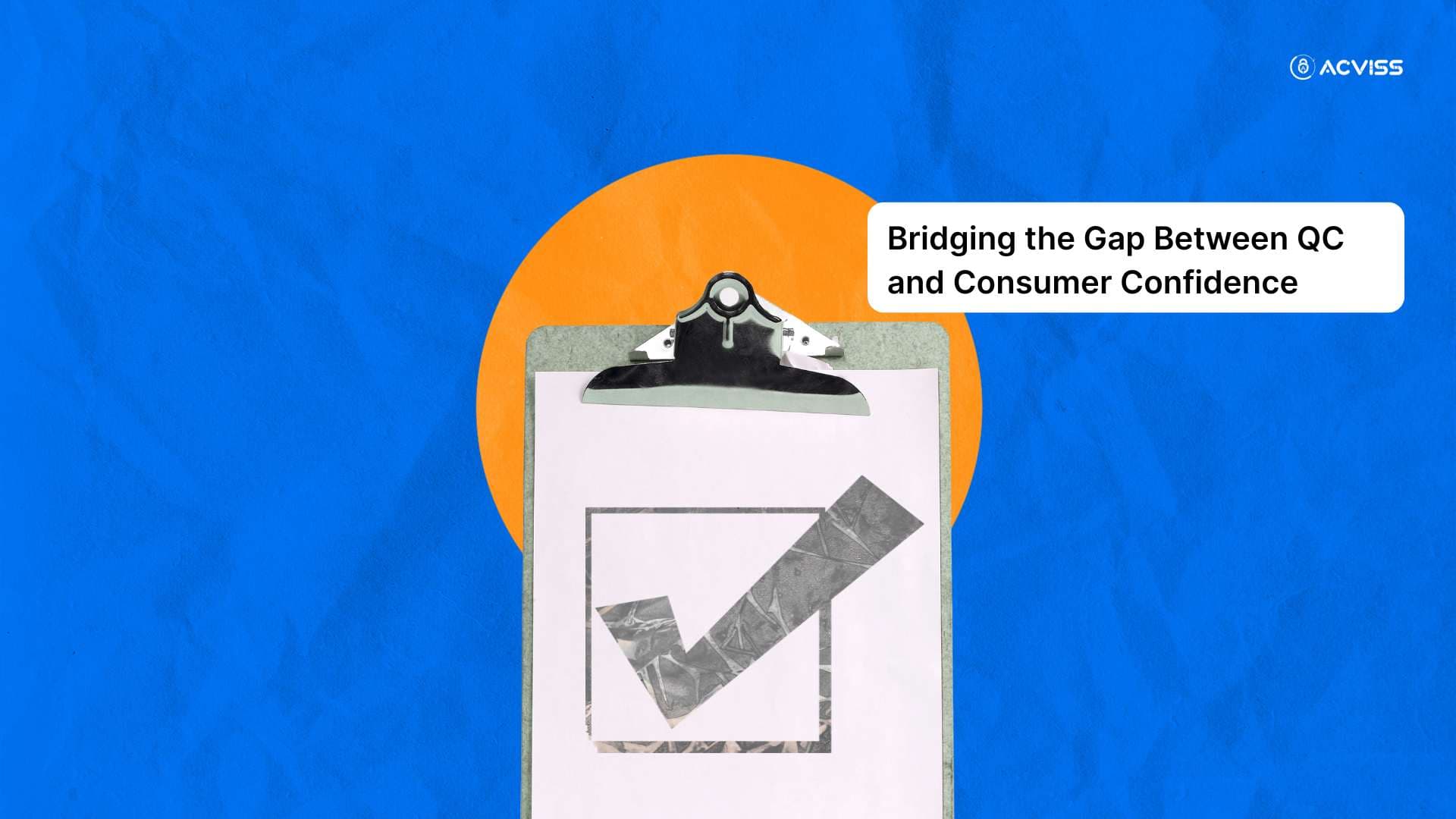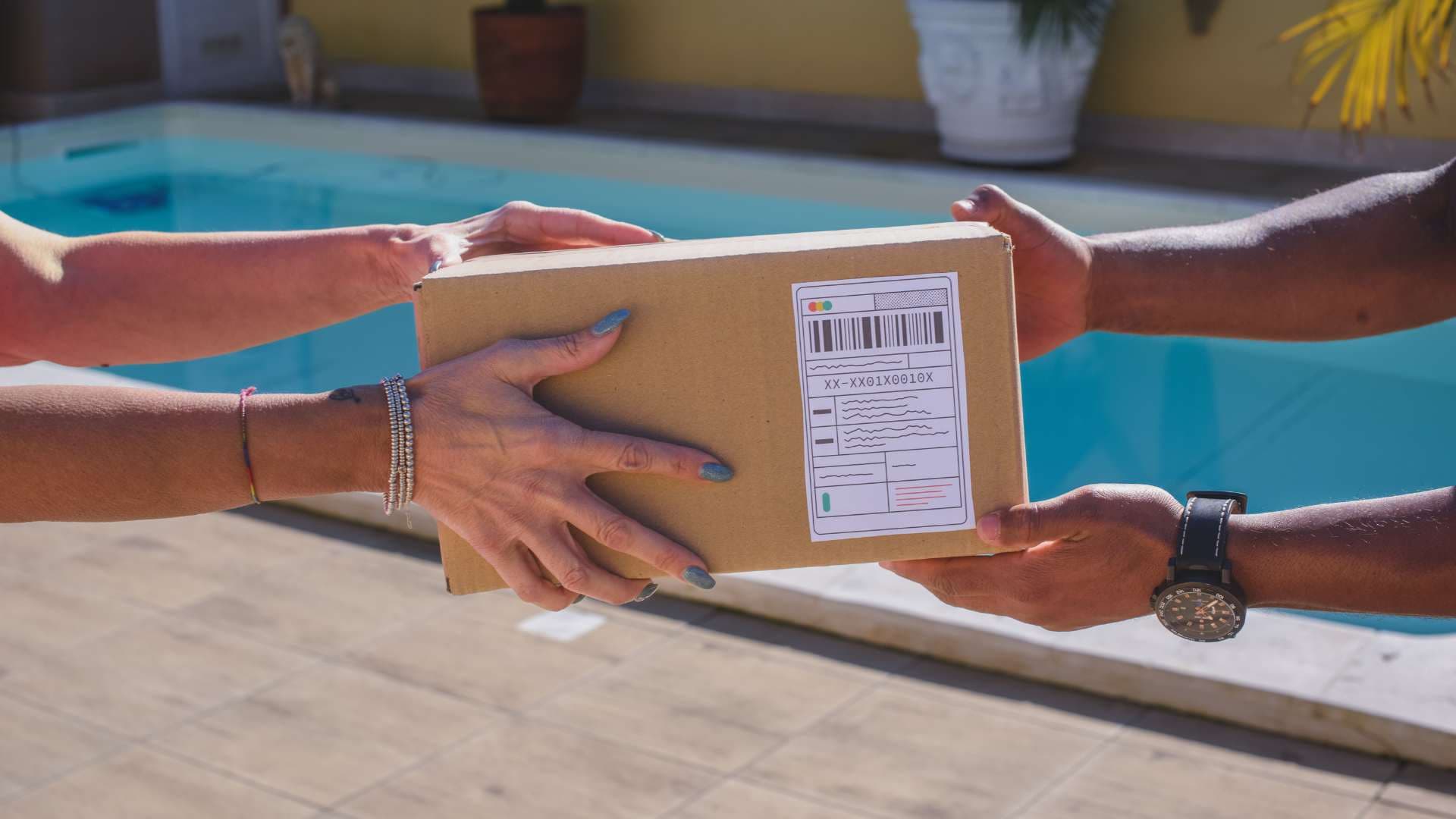Bridging Quality Control and Consumer Trust Using Digital Traceability for Transparency

Quality control (QC) has always been the backbone of product integrity. It ensures that what reaches the market is safe, effective and trustworthy. Yet, in today’s hyperconnected world where consumers expect transparency at every touchpoint, quality alone is no longer enough. Brands are increasingly discovering that the value of a perfect laboratory test is only as strong as the trust it inspires in the end consumer.
Between the laboratory bench and the customer’s hand lies a widening gap, one where miscommunication, counterfeiting, and digital misinformation can easily erode years of brand reputation. Bridging that gap requires more than traditional assurance methods; it demands a new layer of visibility and verification that travels with the product, all the way to the consumer.
This is where digital traceability and product authentication step in, turning invisible QC data into tangible consumer confidence.
The Fragile Bridge Between Quality and Trust
Quality Control, by definition, is a technical discipline. It relies on laboratory testing, certifications, and compliance audits to verify product safety and consistency. But for consumers, those processes are largely invisible. They rely on assumptions and brand reputation rather than first-hand verification.
When that trust breaks, whether due to a product recall, counterfeit incident, or misleading labelling, the effects ripple through the entire supply chain. For brands, maintaining quality internally is no longer enough. They must now make that quality visible, verifiable, and interactive, to both regulators and end-users.
From Quality Control to Consumer Assurance

The journey of assurance starts in the laboratory but must end in the consumer’s experience. Every test result, material certification, and compliance check contributes to a larger narrative of authenticity and safety. Unfortunately, traditional systems isolate this information within manufacturing and compliance departments, far from public view.
This disconnection creates several problems:
- Lack of Transparency: Consumers cannot verify the authenticity of products independently.
- Ineffective Recall Management: Without end-to-end traceability, recalling faulty products becomes time-consuming and reputationally damaging.
- Regulatory Risk: Growing frameworks such as the European Union Deforestation Regulation (EUDR) and GS1 global standards require traceable data across the entire supply chain.
- Counterfeit Vulnerability: Without product verification mechanisms, fake goods exploit consumer trust and damage brand reputation.
Laboratory Information Management Systems (LIMS) have long been at the core of quality control operations, ensuring that every batch, sample, and test result is digitally recorded, validated and traceable. Yet, while these systems guarantee data integrity within the lab, that trust often stops at the factory gate. The solution lies in merging digital traceability with brand protection technologies, a combination that converts static quality data into a dynamic chain of trust.
The Evolution of Traceability: From Compliance to Confidence
Traceability has long been a regulatory requirement in industries like pharmaceuticals, food, and automotive manufacturing. But in recent years, its purpose has evolved far beyond compliance. It is now a strategic tool for brand differentiation, consumer engagement, and IP protection.
By digitising product journeys through advanced track and trace systems, brands can provide a transparent account of every touchpoint, from raw material sourcing and production to shipping, retail, and even post-sale verification.
A digitally traceable product carries its proof of authenticity, safety, and compliance like a digital passport. It allows brands to showcase their commitment to product safety, sustainability, and intellectual property protection in a way consumers can understand and trust.
According to McKinsey, companies that implement robust traceability frameworks report 20–50% fewer product recalls and up to 30% faster response times in resolving quality issues. More importantly, they achieve higher customer satisfaction scores, as consumers increasingly value openness and authenticity over price.
Digital Traceability and Laboratory Integrity

Quality control testing is the cornerstone of any manufacturing operation. It verifies whether a product meets required specifications before reaching the market. Yet, laboratory results, despite their rigour, often fail to travel beyond the factory walls.
Digital traceability ensures those QC insights are not lost. It connects laboratory data to digital identifiers embedded within each product, whether through QR codes, NFC tags, or non-cloneable security labels.
Imagine a consumer scanning a product label to instantly view the origin of ingredients, manufacturing location, and quality test certifications, all verified in real time. That simple act transforms an invisible process into a visible promise.
Beyond transparency, this approach enhances brand authentication. Every product becomes a living record of its own quality journey, making it nearly impossible for counterfeiters to replicate.
Origin: The Digital Thread That Connects Every Product
At the forefront of this transformation is Acviss's Origin, the blockchain-enabled traceability platform that bridges the operational and consumer sides of assurance. By assigning each product a secure, digital identity, Origin creates an immutable record of its journey across the supply chain.
Each scan or transaction is timestamped and verified, allowing stakeholders to trace the product’s origin, production details, and distribution history. This kind of product traceability doesn’t just meet compliance; it strengthens consumer trust through transparency.
Integrating non-cloneable technology, Origin further enhances product authentication. The label itself becomes tamperproof, ensuring that no two products share the same digital fingerprint. Counterfeiters, who thrive on duplication, are effectively locked out of the system.
Together, these elements build a bridge of digital trust, from the laboratory’s quality control systems to the end-user’s smartphone.
Building Trust in the Age of Digital IP Abuse
The internet has amplified both opportunity and risk for brands. While digital platforms enable global reach and customer engagement, they also create new spaces for digital IP abuse, online IP protection challenges, and counterfeit proliferation.
From fake websites and listings to unauthorised marketplaces, counterfeit products infiltrate legitimate sales channels with alarming ease. This not only dilutes brand value but also endangers consumers, especially in sectors such as pharmaceuticals, cosmetics, and electronics.
By coupling traceability solutions with brand protection technologies, companies can create a multilayered defence:
- Track and Trace Integration: Monitoring each product’s movement across the supply chain.
- Trademark Protection: Detecting and taking down digital infringements.
- Product Authentication: Allowing customers to verify authenticity instantly.
- Regulatory Compliance: Meeting global IP protection and EUDR traceability standards.
Together, these technologies ensure that the same authenticity validated in the laboratory is verifiable by consumers, online and offline.
Product Verification as a Consumer Experience

Consumers today don’t just buy products; they buy stories. They want to know where it came from, who made it, and whether it’s safe. Verification is no longer a back-end process; it is a front-end engagement opportunity.
Providing real-time product verification and brand authentication, companies can transform routine interactions, like scanning a label, into moments of trust-building. The scan becomes a conversation between the brand and its customer, reaffirming the product’s legitimacy and the company’s commitment to safety and ethics.
Moreover, when linked to loyalty programmes or post-purchase engagement systems, verification becomes a direct line for customer satisfaction and brand loyalty.
Connecting the Dots: From Data to Trust
For too long, brands have viewed quality control, traceability, and brand protection as separate silos. But in reality, they are deeply interconnected pillars of consumer assurance.
- Quality Control establishes product integrity.
- Traceability records and communicates that integrity.
- Brand Protection preserves it across digital and physical landscapes.
When these systems converge through digital technologies, they create a seamless ecosystem of trust.
Every laboratory test feeds into the product’s digital identity. Every movement across the supply chain is recorded. Every consumer interaction verifies the same data, closing the loop between manufacturer and market.
Future Outlook: From Reactive to Predictive Trust
As global supply chains become more complex and regulations more stringent, the future of supply chain management lies in predictive transparency. AI and blockchain will play pivotal roles in not only detecting counterfeits but also predicting their occurrence based on data patterns.
Traceability systems will evolve from static tracking tools into intelligent trust platforms, capable of real-time alerts, compliance validation, and automated recall management.
For brands, this means shifting from reactive damage control to proactive protection, anticipating threats before they reach the consumer.
Final Thoughts: Turning Quality into Confidence
Quality control validates a product’s excellence. But without traceability and authentication, that excellence remains hidden. In a marketplace defined by sceptical consumers and counterfeit threats, visibility is the new currency of trust.
Bridging the gap between QC and consumer confidence is not merely a technological challenge; it is a brand’s moral and strategic imperative. It’s about showing consumers not just that your product passed the test, but that they can verify it, too.
Traceability transforms data into confidence. Authentication turns transparency into trust. Together, they build a world where quality is not just produced, it is proven.
Interested to learn more about how digital traceability and non-cloneable technologies can transform your brand’s protection strategy? Get in touch with us to explore how Acviss’s Origin solution can help you build trust that lasts.
